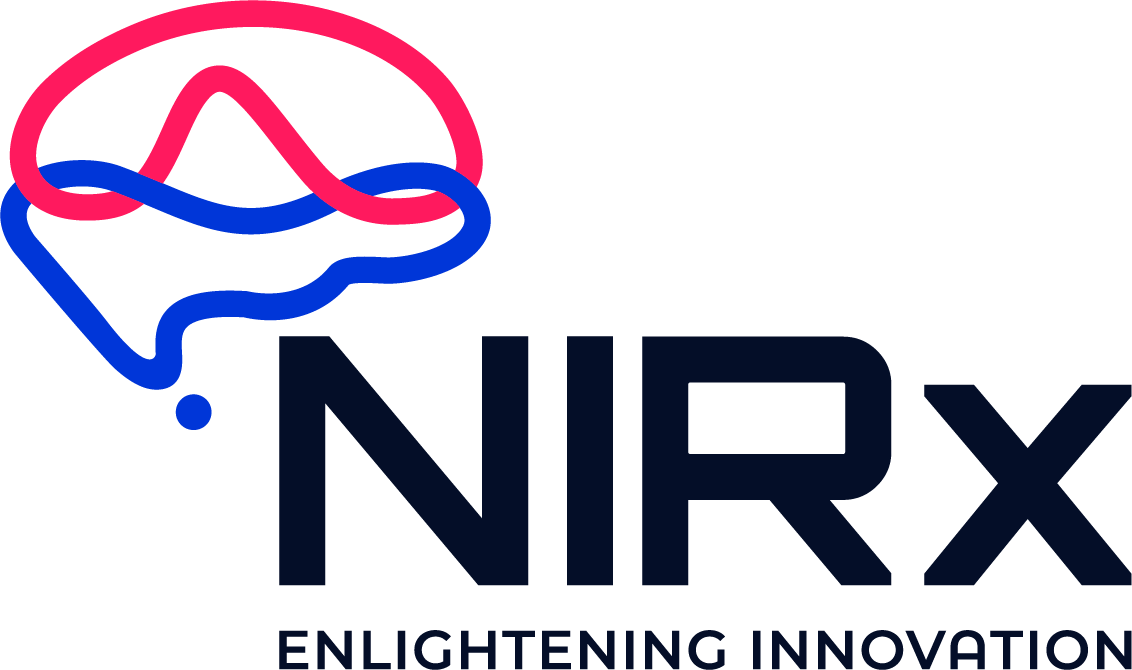fNIRS Virtual Workshop
On behalf of the FIT’NG Vision and Visibility Committee, organized by Dr. Laura Pirazzoli, Dr. Samantha McCann and Dr. Sobana Wijeakumar, it’s with great excitement that we present a new series of fNIRS focused workshops aimed at fNIRS researchers who work with newborns, infants or toddlers.
As part of our mission to advance knowledge for all neuroimaging methods used by developmental researchers, we have brought together leading experts in the field to discuss the most pressing challenges in developmental fNIRS research. The four workshops will tackle the topics of Co-registration, Physiological Noise, Resting State Functional Connectivity, and Inverted Responses. The goal of these workshops is to increase awareness around the importance of these topics, offer practical guidance to researchers based on current understanding and, together, map the road for new research that will lead to advances in the developmental fNIRS field.
We hope you can join us! Workshop details and registration information can be found below.
Sponsored by

Organized by
Dr. Laura Pirazzoli, Charité- Universitätsmedizin Berlin
Dr. Samantha McCann, King’s College London
Dr. Sobana Wijeakumar, University of Nottingham
Inverted Responses
14th July, 4–6:30pm BST
The typical signature of activation in fNIRS data is positive HbO concentration and negative HbR concentration. However, some studies have reported observing the opposite trend (negative HbO and positive HbO). Till date, the origin or nature of this response remains unclear. Does this response represent a signature anchored to early development? Or is it yet uncorrected physiological artifact? Does this signature represent ‘suppression’ sometimes linked to specific cognitive processes? Is this response specific to a cortical region or network?
Prof. Judit Gervain, Dr. Lauren Emberson, Prof. John Spencer and Dr. Gemma Bale will shed some brief insight on their own experiences with this fascinating response profile through a brief presentation and a panel discussion on important practical considerations, steps to move forward and discussions and points of action for consensus.
Preparation materials
Issard C, Gervain J. Variability of the hemodynamic response in infants: Influence of experimental design and stimulus complexity. Dev Cogn Neurosci. 2018 Oct;33:182-193. doi: 10.1016/j.dcn.2018.01.009. Epub 2018 Feb 4. PMID: 29397345; PMCID: PMC6969282.
Emberson, L. L., Boldin, A. M., Riccio, J. E., Guillet, R., & Aslin, R. N. (2017). Deficits in Top-Down Sensory Prediction in Infants At Risk due to Premature Birth. Current biology : CB, 27(3), 431–436. https://doi.org/10.1016/j.cub.2016.12.028
Co-registration
17th July, 4–6:30pm BST
The co-registration of scalp optode positioning to a brain atlas is a key step in ensuring fNIRS data is analysed and interpreted accurately. However, many of the tools commonly used for co-registration in adults (e.g. polhemus & 3D scanning) are not well suited to infants and young children. Options suitable for paediatric populations are burdensome on the researcher.
Within this workshop, Dr Adam Eggebrecht, Dr Rob Cooper and Dr Sagi Jaffe-Dax will introduce strategies they have developed to address co-registration in a more infant-friendly and researcher-friendly manner and discuss further steps needed to create the optimal tool for this field.
The featured approaches will be:
- Dr Rob Cooper’s work creating a more infant friendly mode of 3D scanning, using an iphone.
- Dr Adam Eggebrecht’s tool ‘Align Me’ which is seamlessly integrated into the NeuroDOT Matlab package.
- Dr Sagi Jaffe-Dax ‘s tool STORM-NET which aims to simplify and speed up the process of optode registration using automation.
Preparation materials
STORM-Net: Simple and Timely Optode Registration Method for Functional Near-Infrared Spectroscopy (fNIRS)
Yotam Erel, Sagi Jaffe-Dax, Yaara Yeshurun, Amit H. Bermano
https://github.com/yoterel/STORM-Net
Frijia et al. 2021. Functional imaging of the developing brain with wearable high-density diffuse optical tomography: A new benchmark for infant neuroimaging outside the scanner environment, NeuroImage, Volume 225,117490, ISSN 1053-8119, https://doi.org/10.1016/j.neuroimage.2020.117490.
Physiological Noise
18th July, 4–7pm BST
While in the adult fNIRS field there are clear recommendations on how to isolate and remove physiological signals (i.e., short channel regression and external physiological measures), there is less clarity on what impact physiological signals have on infants and toddler data and how to minimize it. Expected outcomes of this workshop would include increasing developmental fNIRS researchers’ awareness of how physiological noise can impact their data, and presenting current options along with pros and cons.
Dr Meryem Yucel, Dr Sabrina Brigadoi and Dr Paola Pinti will discuss the strategies they implement in their research to deal with physiological noise and how these differ across different age groups. New research on this topic will be presented alongside a discussion of the further steps needed to increase consensus.
Preparation materials
Brigadoi, S., & Cooper, R. J. (2015). How short is short? Optimum source–detector distance for short-separation channels in functional near-infrared spectroscopy. Neurophotonics, 2(2), 025005-025005.
Emberson, L. L., Crosswhite, S. L., Goodwin, J. R., Berger, A. J., & Aslin, R. N. (2016). Isolating the effects of surface vasculature in infant neuroimaging using short-distance optical channels: a combination of local and global effects. Neurophotonics, 3(3), 031406-031406.
Functional Connectivity
19th July, 4–7pm BST
Resting state functional connectivity is a topic of increasing interest within infant fNIRS research, however there is still a lack of understanding as to best practice in data collection, pre-processing, and analytic approaches. This workshop aims to provide a ‘How to’ focused on how to obtain high-quality resting state fNIRS data in infancy and toddlerhood, in order to draw meaningful conclusions.
Dr Sabrina Brigadoi, Dr Chiara Bulgarelli, Dr Adam Eggebrecht and Dr Borja Blanco will discuss several common challenges researchers encounter and will provide age group specific recommendations drawing from their extensive experience. The demonstration of different approaches will be followed by a discussion on future steps needed to reach consensus.
Preparation materials
Hu, Z., Liu, G., Dong, Q., & Niu, H. (2020). Applications of resting-state fNIRS in the developing brain: a review from the connectome perspective. Frontiers in neuroscience, 14, 476.



